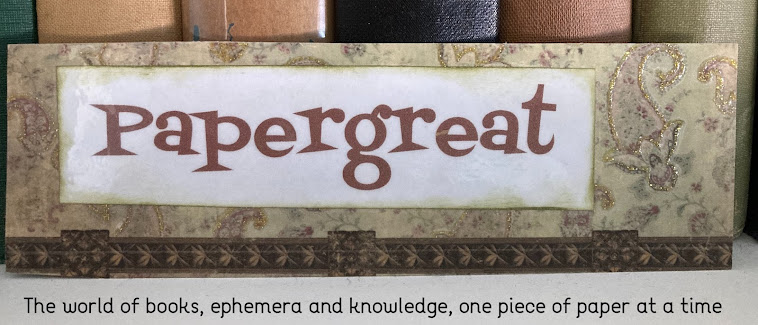Text on back: Rudolf Olsen -- Kunstforlag, Eneret Nr. 10646
This undated postcard of a street in Odense, Denmark, serves as a nice companion piece to last Saturday's postcard of Fiskargränd in Visby, Sweden. Both are wonderful, human-scale European alleys.
Møntestræde (which loosely translates to "Mint Street") is the name of this narrow street in Odense, a 1,023-year-old Danish city with a population of about 165,000.1
Møntergården is an old building adjacent to Møntestræde that housed a coin workshop around 1420. (The building took its name from the street.) The whole area is currently the site of an archaeological excavation. Here's a coin that was found recently at the location.
The dwellings pictured in the postcard appear to have originally been part of housing for the poor that was financed by Pernille Lykke in the 1610s. Here's an excerpt from the Odense City Museums' website:
Pernille Lykke bought the site in August 1613 from ... Odense City and in 1617 she had a half-timbered building of 18 bays built in Møntestræde.Appendix: About those letters
The dwellings had two different purposes. The first ones were organized as an institution for the poor and it contained one entrance hall and two living rooms. There was not room for much more than a bed, a closet, a chair, and a table. In these institutions there were to live, according to the decree "as long as the world exists", three honest, needy women and two orphan boys, who had to attend the grammar school. The women were allowed to live in the house until their death whereas the boys were only allowed to live there for three years. ...
The original function of the buildings was maintained until 1955, when the institutions became part of the museum complex. The buildings are now furnished to give an impression of how housing conditions were at that time. There is public access to the building.
ø -- A Scandinavian letter, it is a vowel and a letter used in the Danish, Faroese and Norwegian languages.
æ -- It is a grapheme formed from the letters a and e. It is a letter in the alphabets of some languages, including Danish, Faroese, Norwegian and Icelandic.
Pictured at right are both letters as they appear on a Danish computer keyboard. Here's more on the Danish and Norwegian alphabets, if you're interested.
Footnotes
1. Odense is the birthplace of fairy-tale author Hans Christian Andersen and Caroline Wozniacki, who is currently the top-ranked women's tennis player in the world. Ruth Manning-Sanders wrote a biography of Hans Christian Andersen titled "The Story of Hans Andersen: Swan of Denmark". And so I have now successfully written a footnote that legitimately mentions both Ruth Manning-Sanders and Caroline Wozniacki.



Just found your blog, and enjoy it!
ReplyDeleteThe AE character used to appear in English as well. I can't type the character, but it appeared in such words as EncyclopAEdia, and AEsthetic.
Doug Klotz